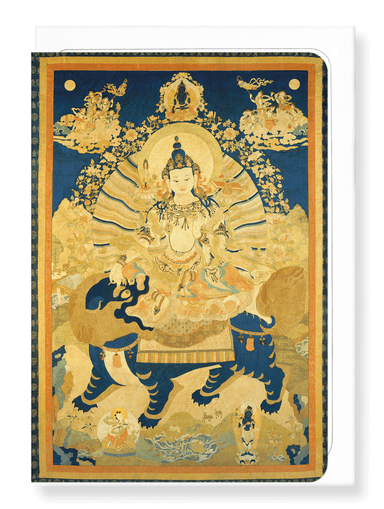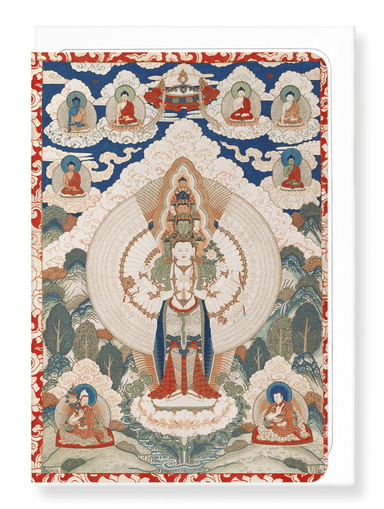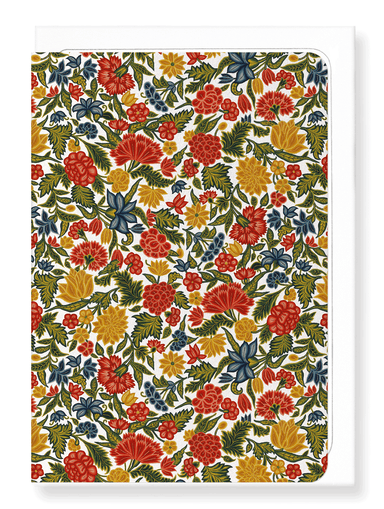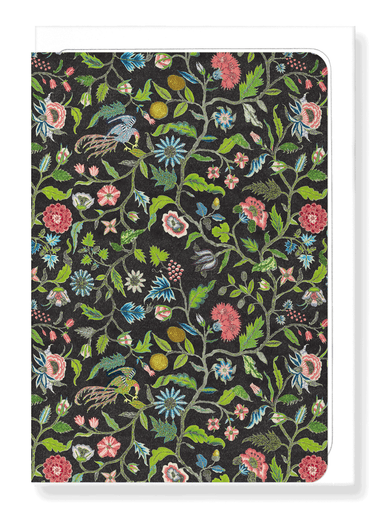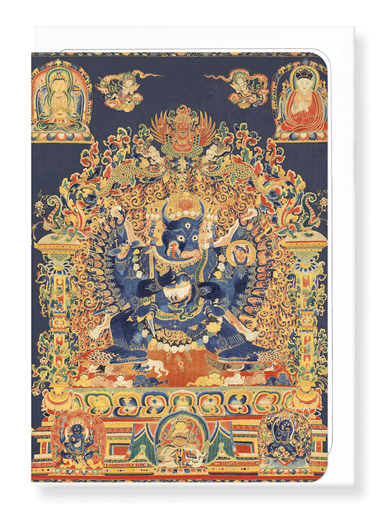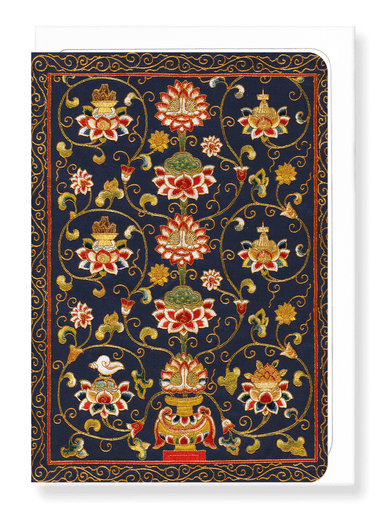Greeting card

CRANE EMBROIDERY ON RED: Pattern Greeting Card
Login to view pricing
Text on the reverse side: The crane is revered as a national treasure in Japan, and has long been seen as a symbol of longevity and good fortune, ...
View full details



